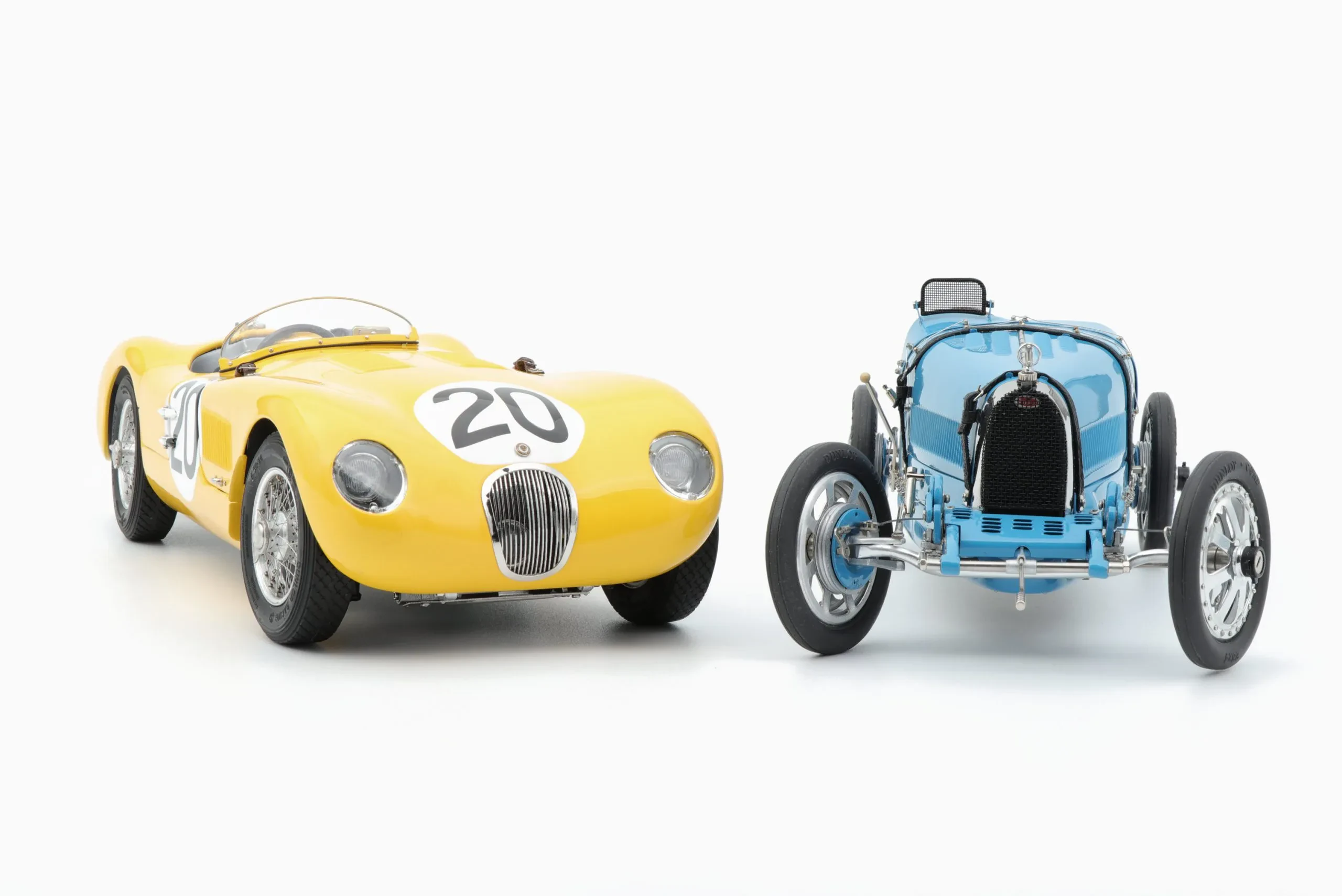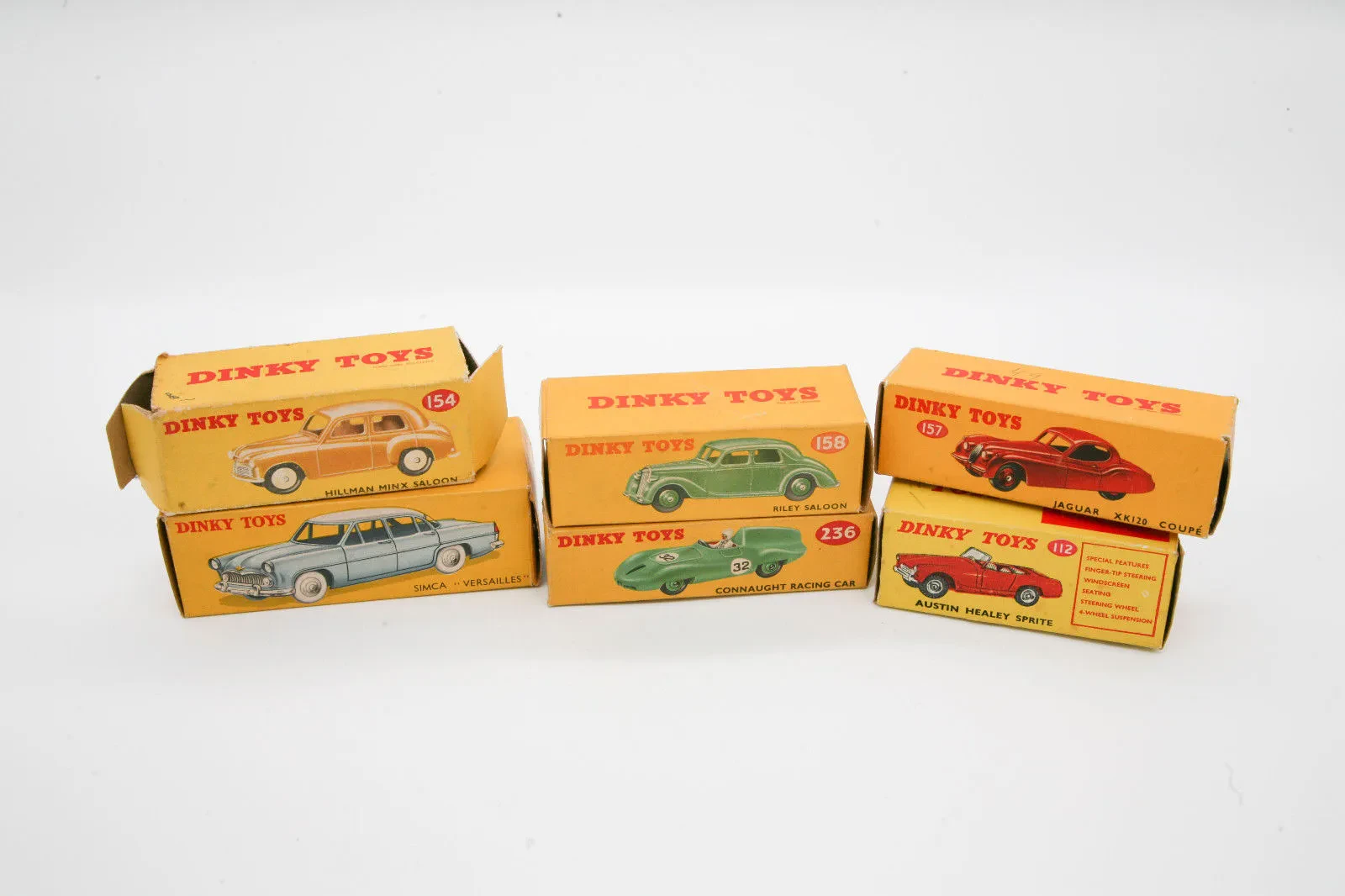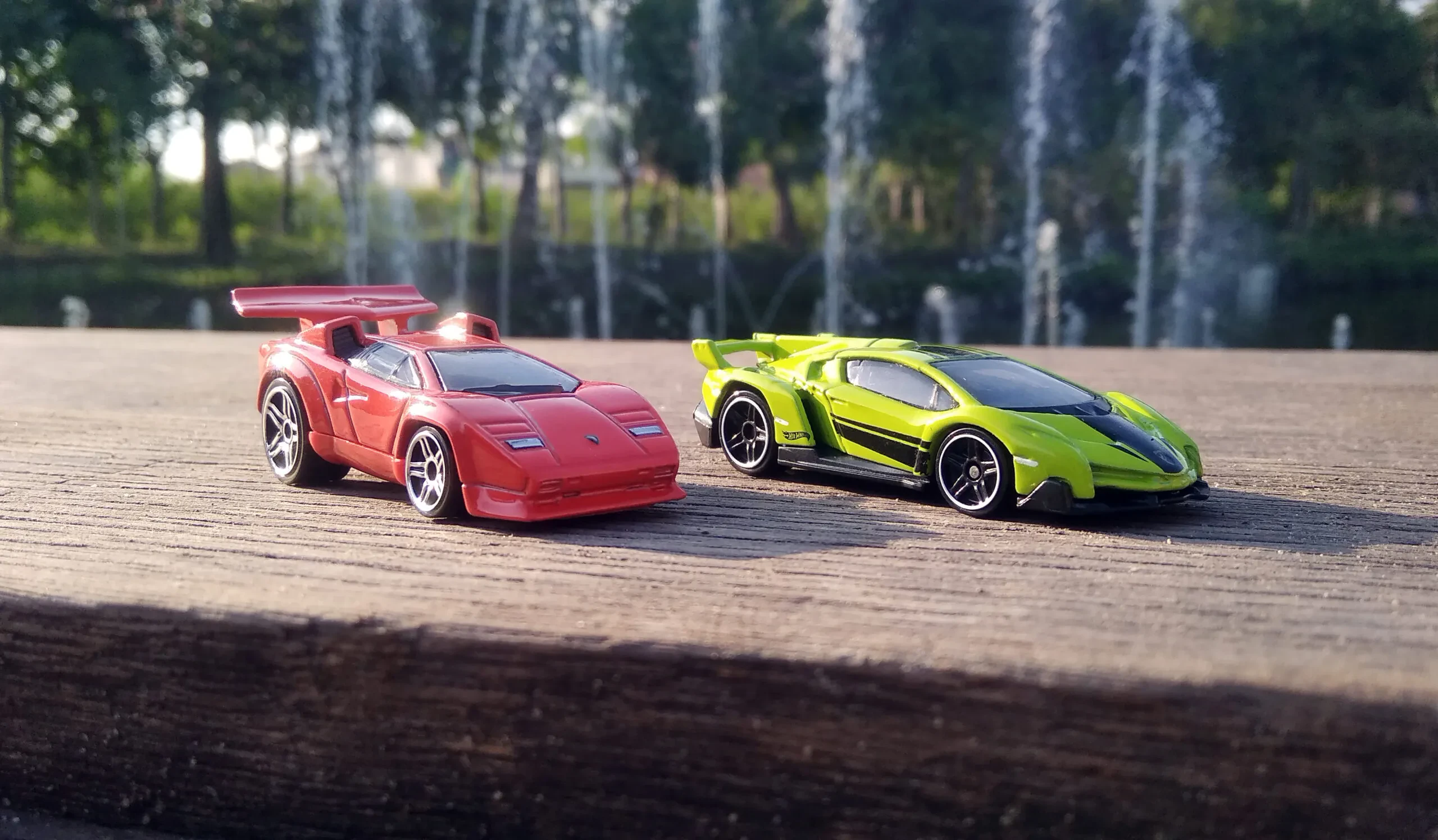Alright, let’s talk diecast model cars. Maybe you’re thinking, “Those little toy cars?” Well, yes and no. They are little cars, often made of metal, but “toy” doesn’t quite capture the passion, the detail, and sometimes, the pretty penny these little guys can command. We’re talking about miniature works of art, scaled-down versions of real-world automobiles that collectors (and casual enthusiasts) go absolutely nuts for.

What Exactly Is a Diecast Model Car?
The term “diecast” refers to the manufacturing process. Molten metal (usually a zinc alloy called Zamac) is injected into a mold, or die, under high pressure. Once it cools, you’ve got a solid, detailed metal part. This process is fantastic for creating intricate shapes and maintaining consistent quality. While many parts of a diecast model, particularly the body, are made using this process, plastic and rubber components are also used for things like tires, interiors, and smaller details.
Think of it like a miniature car factory, but instead of full-size vehicles, you’re churning out replicas that fit in the palm of your hand. The level of detail can be astounding, with some models featuring fully functional steering, opening doors, and even tiny, meticulously recreated engines.
A Little History Lesson
The diecast car craze really took off in the mid-20th century. Companies like Dinky Toys (from England) and Corgi Toys were pioneers, creating affordable and relatively accurate representations of popular vehicles. These early models were simpler than what we see today, but they sparked a fascination that continues to this day. Over in the USA, Tootsietoy had been making diecast vehicles since the early 1900s.
As technology advanced, so did the level of detail and realism in diecast models. Hot Wheels, introduced by Mattel in 1968, revolutionized the market with their vibrant colors, fast-rolling wheels, and focus on custom and fantasy vehicles. This appealed to a younger audience and cemented diecast cars as a staple of childhood (and adulthood!).

Scales of Justice (and Cars): Understanding Model Sizes
Diecast model cars come in various scales, which represent the ratio of the model’s size to the real vehicle. Here are some of the most common scales you’ll encounter:
- 1/18: These are large and highly detailed, often favored by serious collectors. They typically feature opening doors, hoods, and trunks, revealing intricate interiors and engine bays.
- 1/24: A popular scale that offers a good balance between detail and affordability.
- 1/43: Another widely used scale, often seen in European models. Slightly smaller than 1/24, but still packed with detail.
- 1/64: This is the scale most commonly associated with Hot Wheels and Matchbox cars. Smaller and more affordable, making them great for collecting in large numbers.
- 1/87 (HO Scale): Primarily used for model railroads, but you’ll find some automotive models in this scale.
Understanding the scale is crucial when building a collection, as it helps you maintain consistency in size and appearance.
The Wonderful World of Diecast Brands
Numerous brands produce diecast model cars, each with its own strengths and target market. Some of the most well-known include:
- Hot Wheels: Known for their affordability, variety, and fantasy designs.
- Matchbox: A classic brand with a focus on realistic representations of real-world vehicles.
- Autoart: High-end models with exceptional detail and accuracy.
- Minichamps: Another brand known for its high-quality and detailed models, particularly of European cars.
- Kyosho: Produces a wide range of models in various scales, known for their precision and accuracy.
- Greenlight Collectibles: Focuses on movie and TV cars, as well as licensed replicas of real vehicles.
- ERTL: Specializes in agricultural and construction vehicles, as well as classic cars.
- Tamiya: Produces model kits that require assembly, allowing for a more hands-on building experience.
The brand you choose often depends on your budget, collecting interests, and desired level of detail.

Collecting 101: Tips for the Aspiring Diecast Connoisseur
So, you’re ready to dive into the deep end of the diecast pool? Here are a few tips to get you started:
- Decide on a focus: What kind of cars are you interested in? Classic cars? Sports cars? Movie cars? Focusing your collection will make it more manageable and rewarding.
- Do your research: Learn about different brands, scales, and models. Knowing the history and value of a particular car will help you make informed purchasing decisions.
- Condition is key: The better the condition of a model, the higher its value. Look for models that are free from scratches, dents, and missing parts. Original packaging can also add to the value.
- Check for authenticity: Be wary of counterfeit models, especially when buying online. Look for signs of poor quality or inconsistencies in the packaging and markings.
- Buy from reputable sources: Purchase your models from trusted retailers, reputable online marketplaces, or established collectors.
- Attend diecast shows and events: These are great opportunities to see a wide variety of models, meet other collectors, and learn from experts.
- Protect your investment: Store your models in a safe place, away from direct sunlight and moisture. Consider using display cases or protective packaging.
- Network with other collectors: Online forums, social media groups, and local clubs are excellent ways to connect with fellow enthusiasts, share information, and trade models.
- Be patient: Building a valuable collection takes time and effort. Don’t get discouraged if you don’t find the perfect model right away.
- Most importantly, have fun! Collecting diecast model cars should be an enjoyable hobby. Don’t take it too seriously, and enjoy the thrill of the hunt.
Remember, collecting is a personal journey. There’s no right or wrong way to do it. Just follow your passion, and build a collection that brings you joy.
The Value Proposition: What Makes a Diecast Car Valuable?
Several factors contribute to the value of a diecast model car. These include:
- Rarity: Limited edition models, prototypes, and cars with production errors are often highly sought after.
- Condition: As mentioned earlier, the better the condition, the higher the value.
- Original packaging: Models with their original packaging are generally worth more.
- Historical significance: Models of historically important vehicles or those associated with famous events can command high prices.
- Brand and model: Certain brands and models are more popular and desirable than others.
- Detail and accuracy: Models with exceptional detail and accurate representation of the real vehicle are generally more valuable.
It’s worth noting that the diecast market can fluctuate, and values can change over time. It’s always a good idea to consult price guides and expert opinions before making any significant purchases or sales.
Keeping Your Little Beauties Looking Their Best
Maintaining your diecast collection is essential to preserving its value and appearance. Here are some tips for cleaning and storing your models:
- Dust regularly: Use a soft brush or microfiber cloth to gently remove dust from your models. Avoid using harsh chemicals or abrasive cleaners.
- Clean with care: For more stubborn dirt or grime, use a mild soap and water solution. Dampen a cloth and gently wipe the surface of the model. Be sure to dry it thoroughly afterward.
- Avoid direct sunlight: Prolonged exposure to sunlight can fade the paint and damage the plastic parts of your models.
- Store in a cool, dry place: Extreme temperatures and humidity can also damage your models. Store them in a cool, dry place, away from moisture.
- Use display cases or protective packaging: Display cases can protect your models from dust and damage, while protective packaging can help prevent scratches and dents during storage.
With proper care, your diecast models will stay in pristine condition for years to come.
The 2024 Diecast Scene: What’s Hot?
The diecast market is constantly evolving, with new models and trends emerging all the time. In 2024, there’s a huge interest in hyper-realistic models, particularly in 1/18 and 1/12 scales. Brands like Autoart and TSM-Model are pushing the boundaries of detail and accuracy, creating miniature masterpieces that appeal to discerning collectors. Additionally, there’s growing interest in electric vehicles and modern supercars.
The popularity of online auctions and marketplaces continues to grow, making it easier than ever to find rare and collectible models. However, it’s important to be cautious and do your research before making any purchases, especially when dealing with unfamiliar sellers.

So, Are You Ready to Roll?
Collecting diecast model cars is a rewarding hobby that can bring years of enjoyment. Whether you’re a casual enthusiast or a serious collector, there’s a whole world of miniature automobiles waiting to be discovered. So, buckle up, start your engine, and get ready to embark on a thrilling journey into the fascinating world of diecast!
Just remember to start small, focus on what you love, and most importantly, have fun! Happy collecting!
